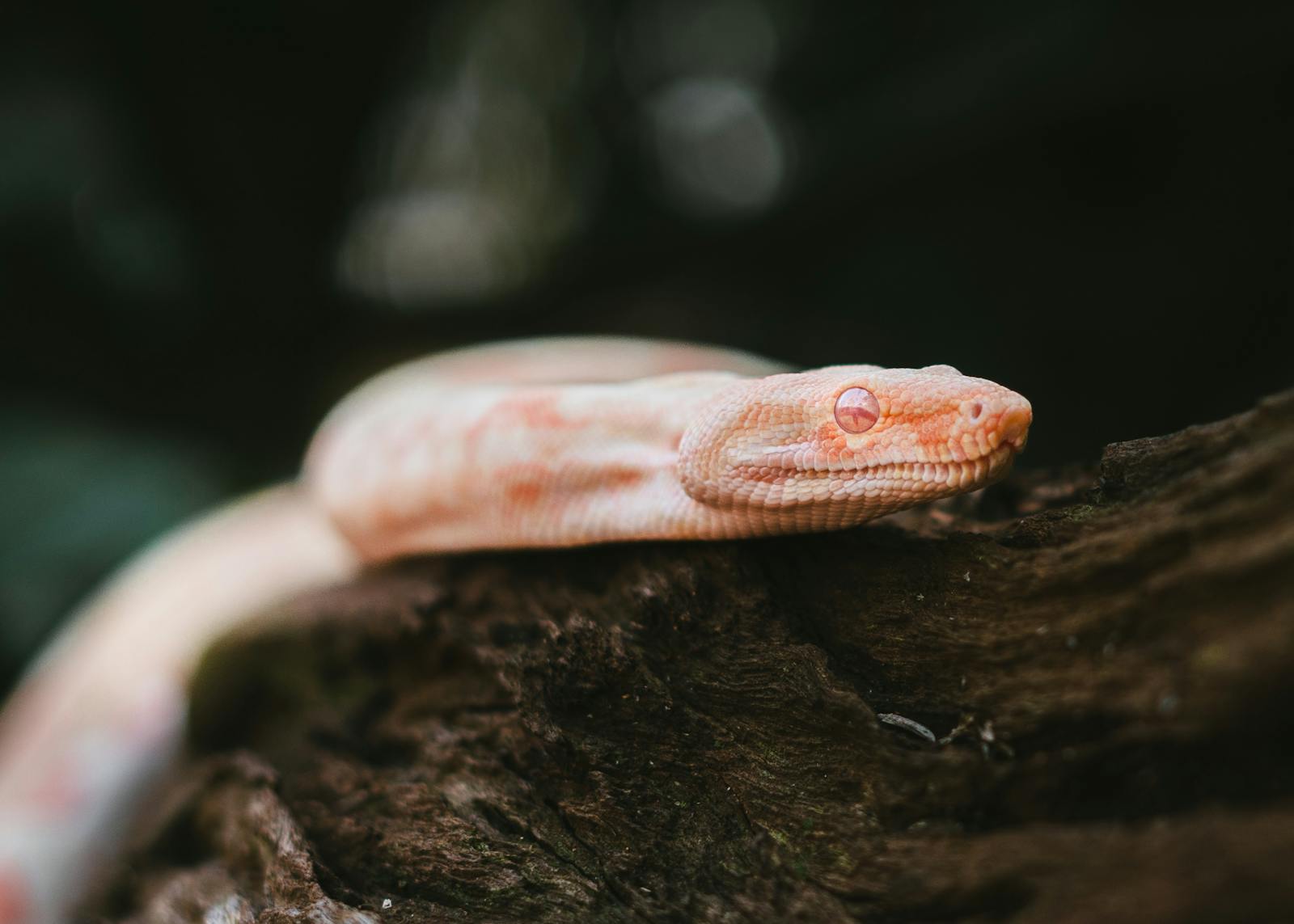When natural disasters strike, particularly floods, wildlife is often displaced from their natural habitats, creating unexpected encounters between humans and animals seeking safety. Among these displaced creatures, snakes present a unique concern because of their potential danger and their ability to move into areas typically considered safe. During floods, snakes are forced to seek higher ground, which often includes the same elevated areas where humans seek refuge. Understanding how to prevent, identify, and respond to snake encounters during these chaotic times can be potentially life-saving knowledge. This article provides comprehensive guidance on staying safe from snakes during floods and other natural disasters.
Understanding Snake Behavior During Floods
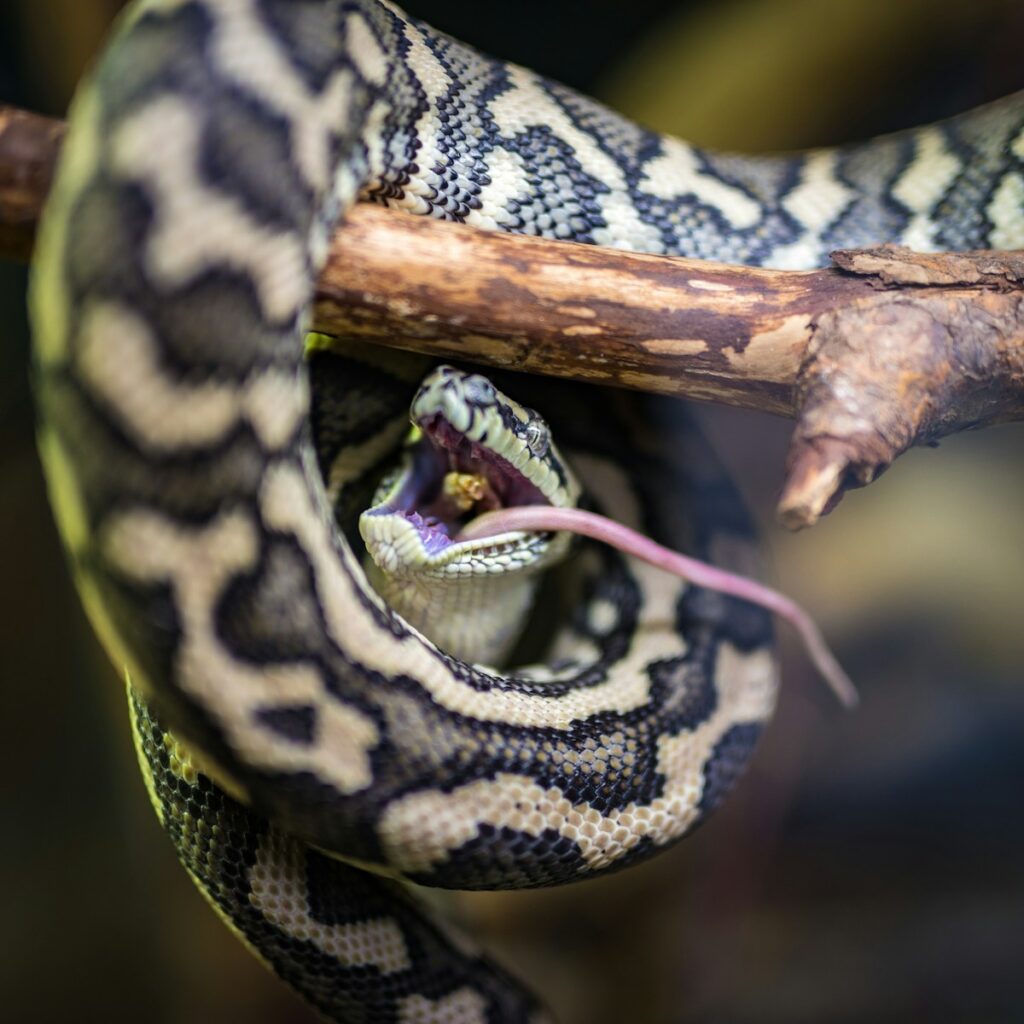
Snakes are excellent swimmers and can travel significant distances through floodwaters to find dry land. During flooding events, snakes are primarily motivated by survival instincts, seeking elevated areas to escape rising waters. Their normal territories become submerged, forcing them into unfamiliar places including residential areas, inside buildings, on roadways, and even climbing trees or structures. This displacement creates stress for the snakes, potentially making them more defensive and likely to strike if they feel threatened. Understanding that snakes aren’t actively seeking human contact but rather simply trying to survive can help frame appropriate safety responses.
Common Snake Species in Flood-Prone Areas
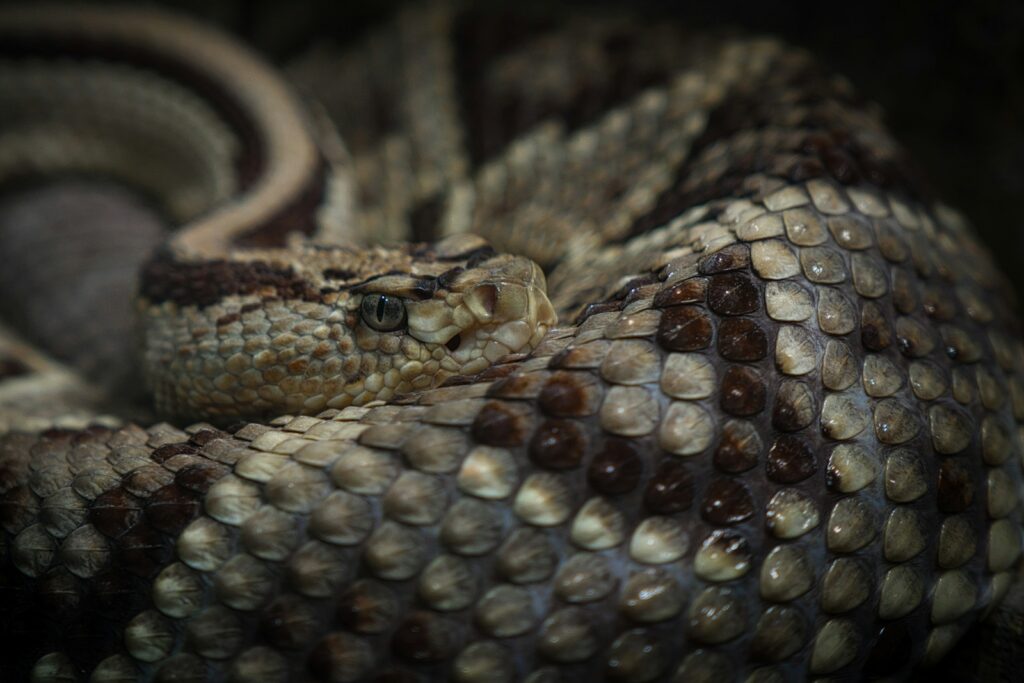
Different regions have different native snake species, but certain varieties are commonly encountered during flooding events. Water moccasins (cottonmouths) and water snakes are particularly adaptable to aquatic environments and may be more frequently encountered during floods. Rattlesnakes, copperheads, and coral snakes might seek higher ground during floods, increasing the likelihood of human encounters. Non-venomous species like rat snakes, king snakes, and garter snakes also become displaced and may enter human spaces. Familiarizing yourself with the venomous and non-venomous species in your region before disaster strikes can help you make critical identification decisions when necessary.
Creating Snake-Safe Evacuation Plans
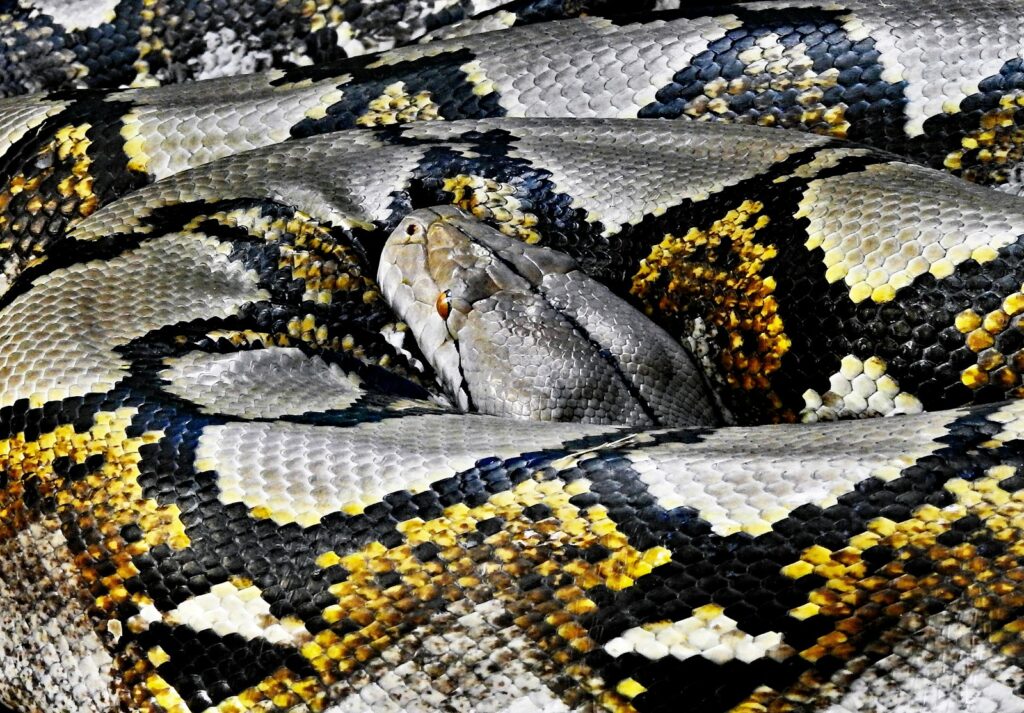
When developing family emergency plans, include specific considerations for potential wildlife encounters, particularly snakes. Designate a person responsible for monitoring wildlife alerts and information during the disaster, if communication systems remain functional. Include snake bite first aid supplies in your emergency kit, including compression bandages and instructions for proper application techniques. Plan evacuation routes that avoid areas likely to attract displaced wildlife, such as dense vegetation near waterways or debris piles. Rehearse these plans with family members, including children, teaching them appropriate responses to snake sightings without causing panic.
Protective Clothing and Gear for Flood Conditions
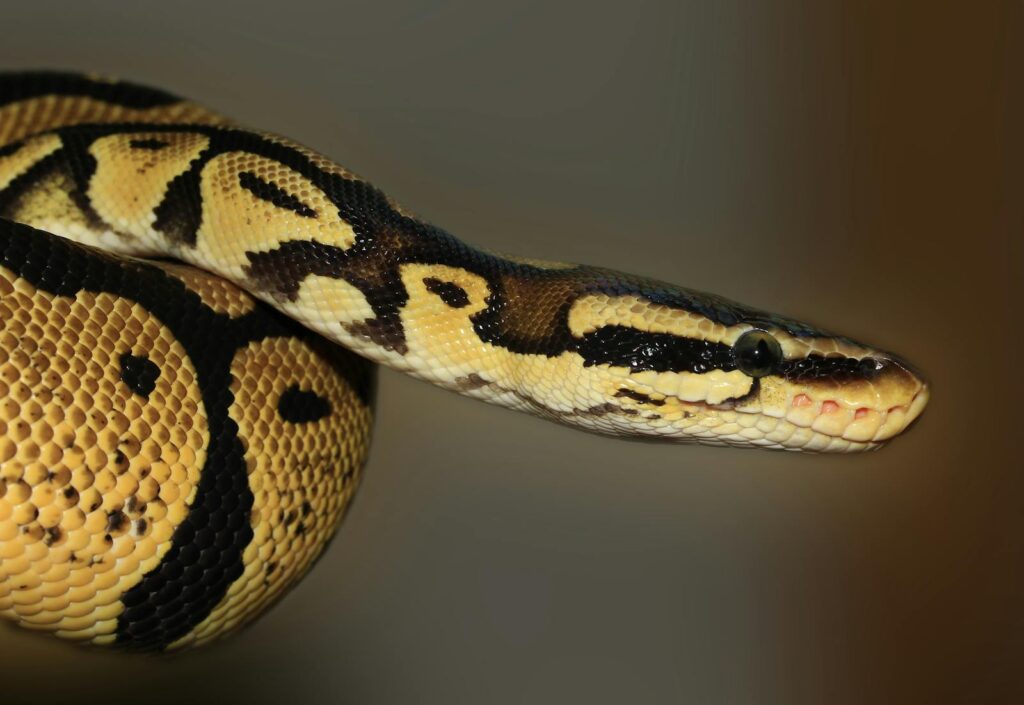
Appropriate attire can significantly reduce the risk of snake bites during flooding events. Wear thick, tall rubber boots, snake gaiters, or snake-proof boots when navigating flood-affected areas, as most snake strikes occur below the knee. Opt for loose-fitting, thick pants tucked into boots rather than shorts or thin materials that fangs can easily penetrate. Heavy gloves are essential when moving debris or belongings in flood-affected areas, as snakes may seek shelter in piles of rubble. Carry a long stick or pole to probe areas before stepping or reaching, giving snakes an opportunity to retreat rather than feeling cornered and defensive.
Making Emergency Shelters Snake-Resistant
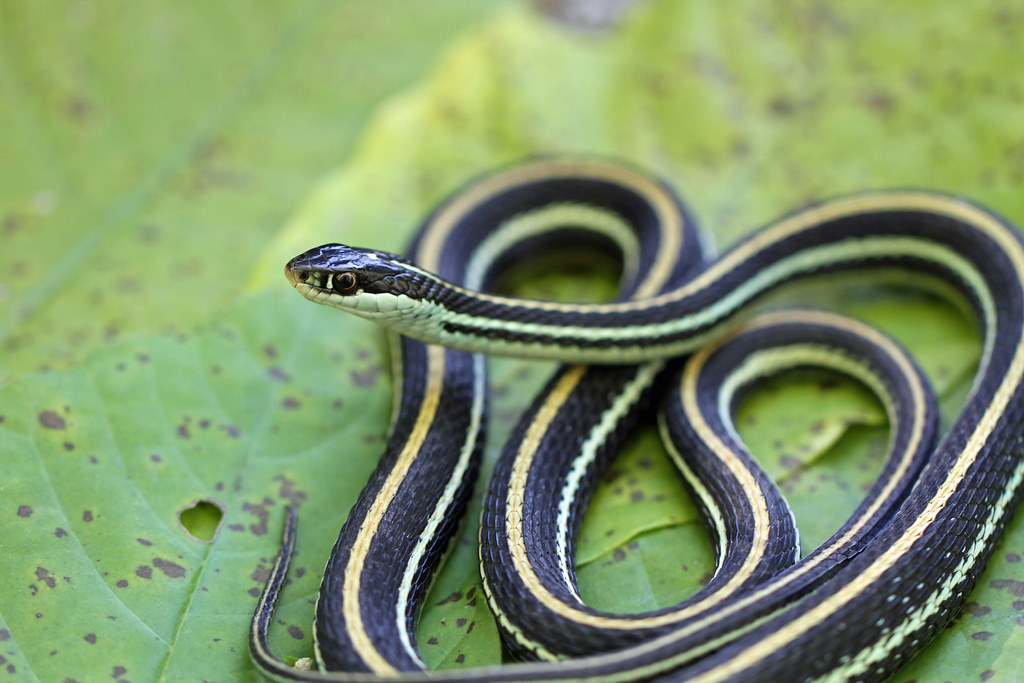
Whether in an official evacuation center or temporary refuge, certain measures can reduce the likelihood of snake encounters in your shelter. Seal gaps under doors with towels or available materials, as snakes can squeeze through surprisingly small openings when seeking dry ground. Elevate sleeping arrangements off the floor using cots, tables, or improvised platforms if possible. Keep food sealed and waste properly contained to avoid attracting rodents, which in turn attract snakes. Conduct regular perimeter checks of your shelter, particularly before nightfall when many snake species become more active.
Safe Navigation Through Flood Waters
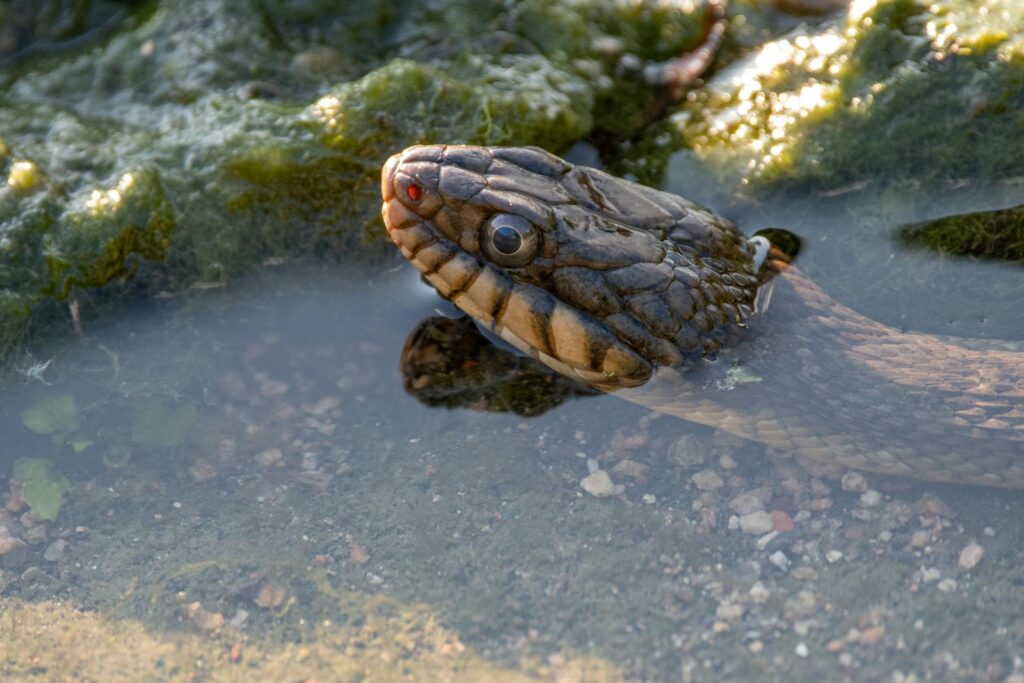
Moving through flood-affected areas requires heightened awareness to avoid snake encounters. Never place hands or feet where you cannot see clearly, as submerged debris often harbors hidden snakes. Use a stick or pole to probe ahead when wading through shallow water or moving debris. Be especially cautious around floating debris clusters, vegetation mats, or driftwood piles, as these provide perfect temporary habitats for displaced snakes. When possible, travel with others, maintaining verbal communication about potential sightings and hazards.
Identifying Snake-Prone Areas During Floods

Certain environments become particularly attractive to displaced snakes during flooding events. Debris piles, especially those containing organic material, provide both shelter and potential food sources as small animals also seek refuge there. Elevated structures like porches, stairs, and raised foundations become prime real estate for snakes escaping rising waters. Partially submerged trees and large bushes often harbor snakes that have climbed to escape water. Areas where floodwater meets dry land create natural boundaries where snake encounters become more likely as both humans and snakes concentrate in the limited dry space available.
Proper Response to Snake Sightings
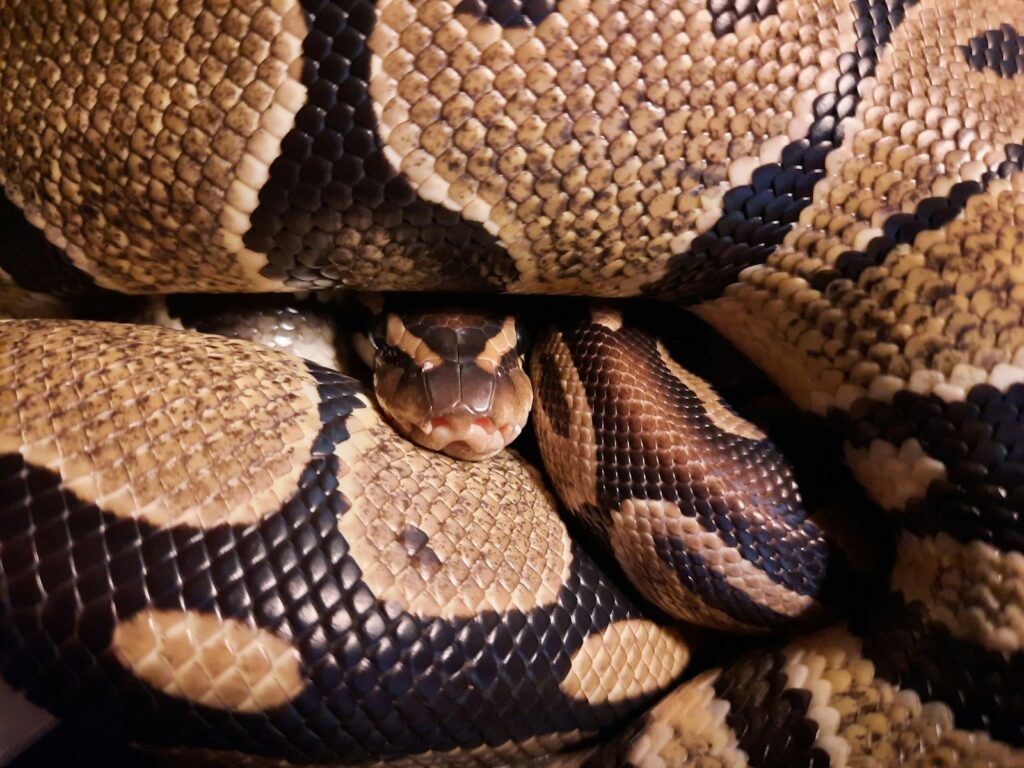
When encountering a snake during flood conditions, proper response is crucial for safety. Remain calm and avoid sudden movements that might startle the snake, as most snakes will not attack unless they feel threatened. Back away slowly, giving the snake plenty of space and a clear escape route rather than cornering it. Alert others in the area to the presence of the snake using a calm, clear voice to prevent accidental encounters. Never attempt to kill, capture, or handle the snake yourself, even if you believe it to be non-venomous, as misidentification is common and the risk isn’t worth taking during an already dangerous situation.
First Aid for Snake Bites During Disasters

Despite precautions, snake bites may occur during flood emergencies when medical help is limited. Remove any constrictive items like rings or watches from the affected limb before swelling begins. Keep the bite site below heart level and immobilize the limb with a splint if available. Clean the wound gently with soap and water if available, but avoid harsh chemicals or cutting the wound. Apply a pressure bandage starting at the bite site and working upward (for elapid snakes like coral snakes) or immobilize the limb without pressure bandaging (for vipers) according to regional protocols. Document the time of the bite and, if possible, take a photo of the snake from a safe distance for identification purposes, which will help medical personnel determine appropriate treatment.
Clearing Homes and Buildings After Flooding

Returning to flood-affected buildings requires systematic inspection for snake presence before regular activities resume. Begin exterior inspection during daylight hours, checking obvious sheltering spots like debris piles, damaged structural elements, and dense vegetation near the building. When entering buildings, use a long-handled tool to move items and make noise before entering rooms, giving snakes opportunity to retreat. Methodically check behind and under furniture, inside closets, cabinets, and appliances where snakes might seek shelter. Consider using a flashlight even during daylight hours, as many structures may have limited power and dark corners where snakes could hide.
Snake Deterrent Methods During Temporary Displacement
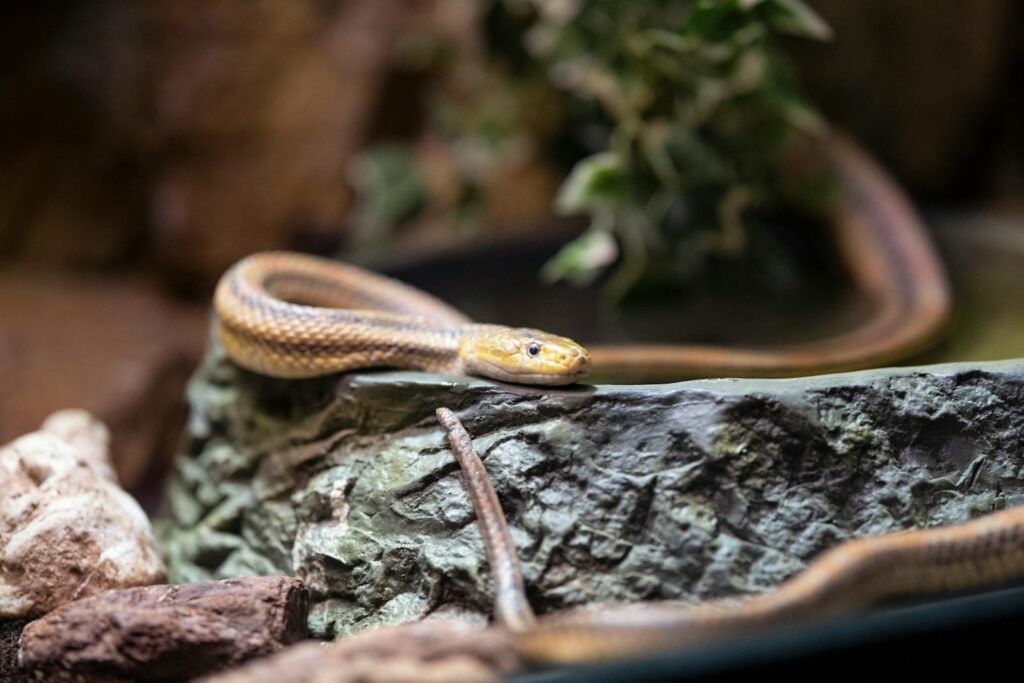
While no method guarantees complete protection, certain practices can reduce the likelihood of snake encounters in temporary shelters. Remove potential food sources by properly storing food in sealed containers and promptly addressing rodent problems that might attract snakes. Create clear zones around shelters by removing debris, trimming vegetation, and keeping grass short where possible. Some commercial snake repellents contain naphthalene or sulfur compounds that may provide limited deterrence, though effectiveness varies by species and conditions. Natural deterrents like sprinkling pure sulfur powder or spreading rope made from sisal or hemp around perimeters may offer some protection, though scientific evidence for their effectiveness remains limited.
Special Considerations for Children and Pets
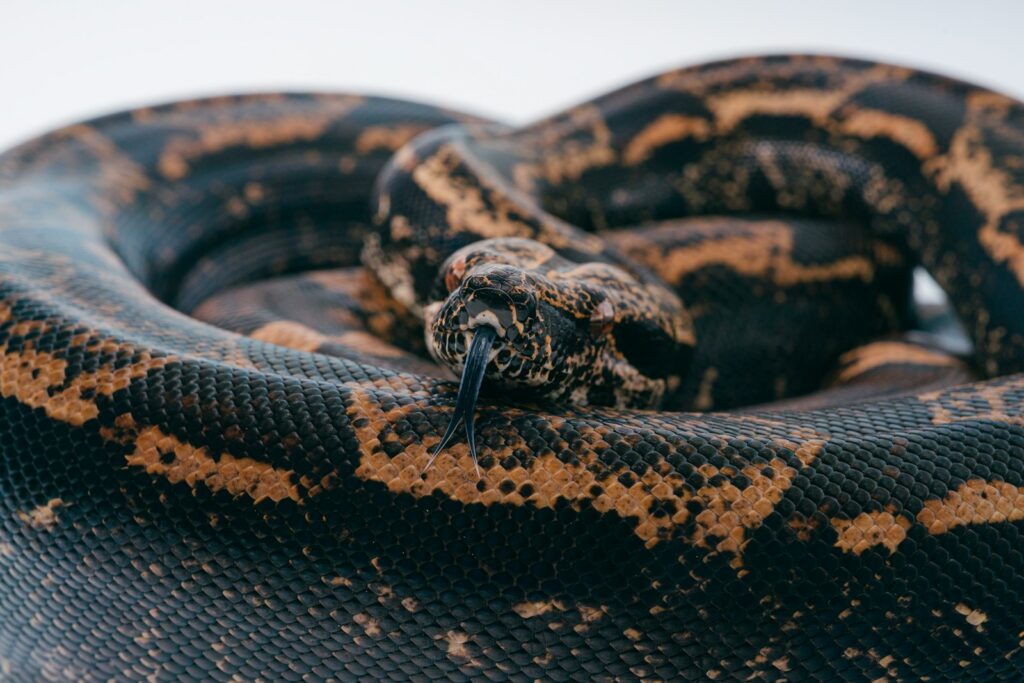
Children and pets require additional protection during flood emergencies due to their curious nature and lower awareness of danger. Establish clear boundaries for children about where they can go, implementing a buddy system so they’re never alone in potentially snake-inhabited areas. Teach children to recognize snakes from a distance without approaching them and to alert adults immediately if they spot one. Keep pets leashed when outdoors and inspect pet areas thoroughly before allowing unsupervised access. Create elevated play areas for children and designated relieving areas for pets that are less likely to harbor snakes, such as clear gravel patches that provide little cover.
Coordinating with Emergency Services About Snake Threats
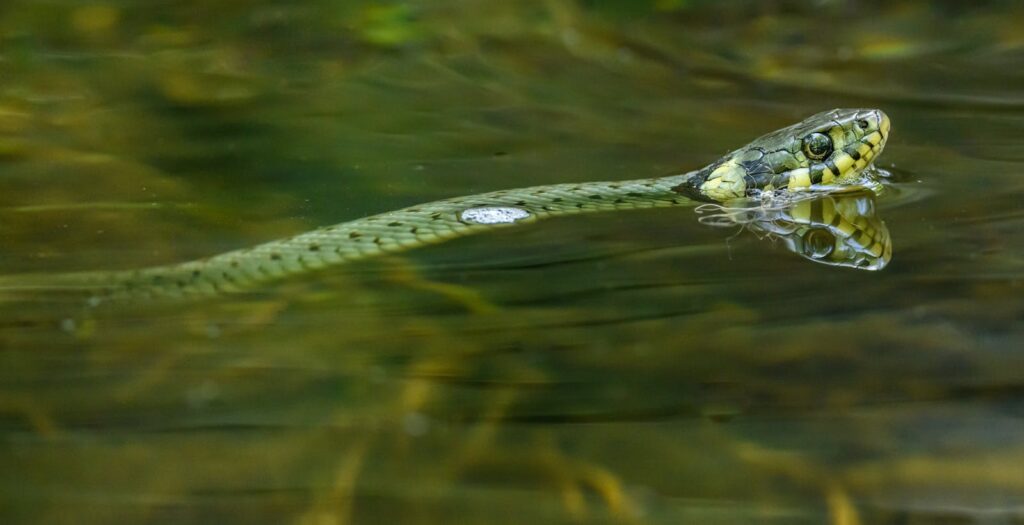
Effective communication with emergency services regarding snake encounters ensures proper resource allocation during disasters. Report significant snake sightings to local emergency management officials or wildlife authorities through established channels, which helps them track potential hazard areas. If specialized removal is needed for venomous snakes in critical areas, follow proper protocols for requesting this assistance rather than attempting amateur removal. Share accurate information with community members about snake activity without creating unnecessary panic. Many regions have wildlife hotlines or emergency response teams with training in snake management that can provide guidance during disaster situations.
Post-Flood Snake Awareness and Prevention
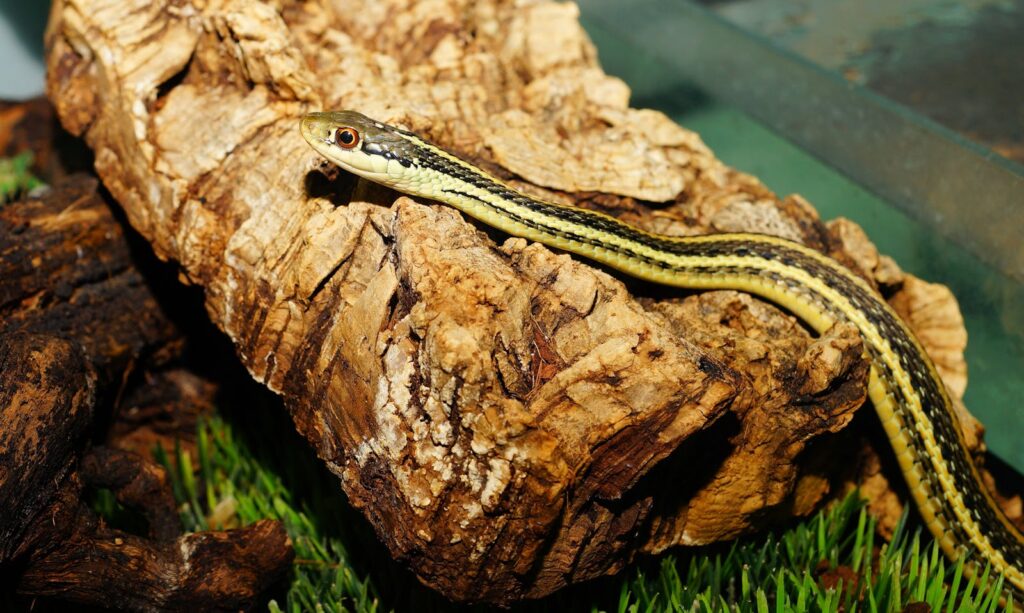
Even after floodwaters recede, snake encounters may continue as ecosystems slowly return to normal. Maintain vigilance during cleanup activities, wearing appropriate protective gear and using tools to move debris rather than hands. Monitor for signs of snake activity such as shed skins or unusual rustling in debris piles during the weeks following a flood. Consider professional inspection of larger properties or areas with significant damage before resuming normal activities. Remember that snake populations play important ecological roles in controlling rodent populations, which often boom after floods, so their presence in appropriate natural areas should be expected and respected from a safe distance.
Conclusion
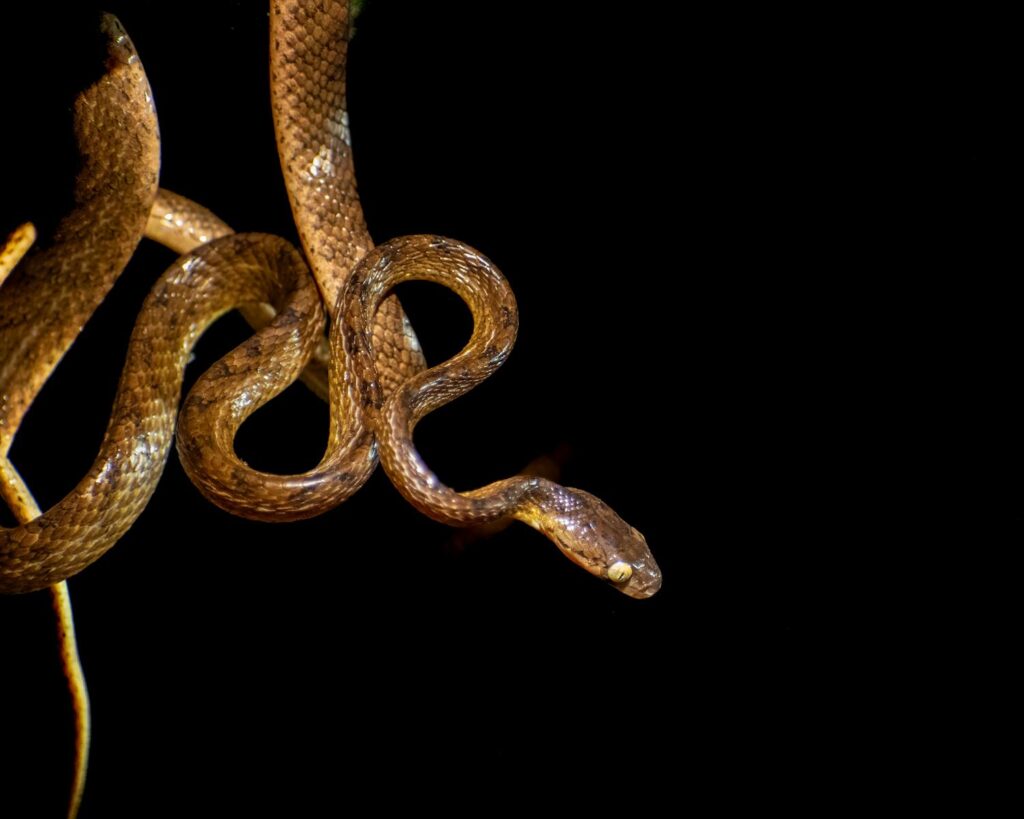
Natural disasters create challenging circumstances where human and wildlife needs intersect in unexpected ways. By understanding snake behavior during floods, preparing appropriate protective measures, and knowing how to respond to encounters, you can significantly reduce the risk of dangerous snake interactions during these already difficult times. Remember that snakes are not seeking confrontation but merely trying to survive the same disaster that’s affecting human communities. With proper knowledge, equipment, and response protocols, coexisting safely with displaced snake populations becomes manageable even in emergency conditions. Your awareness not only protects you and your family but also helps these important ecological controllers survive to return to their natural habitats as conditions normalize.

